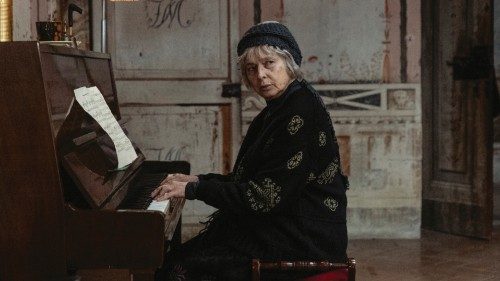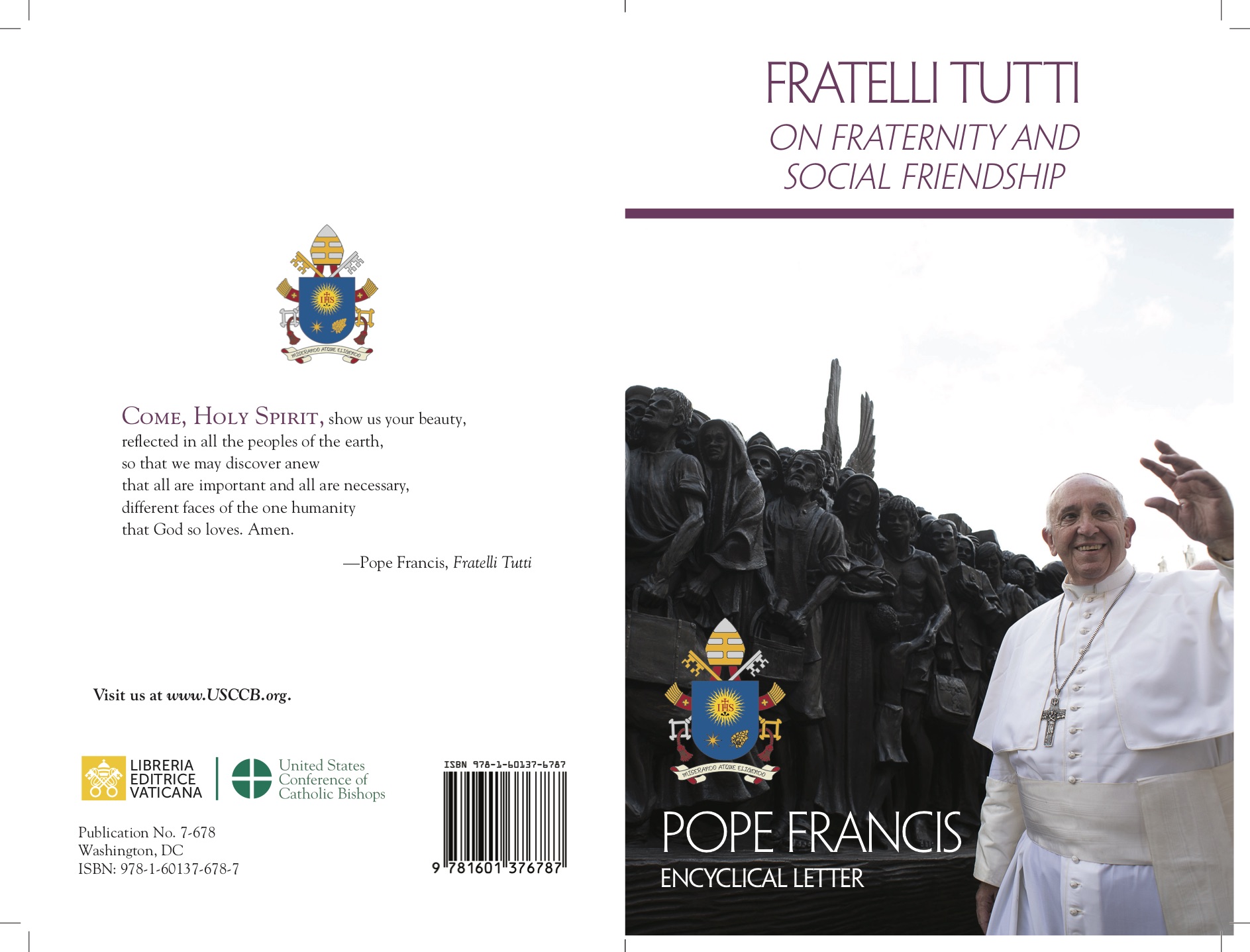
Alice Rohrwacher’s cinematic style is distinguished by her profound exploration of the human soul and the transcendence of material life
Four feature films, five shorts, and three “collective” documentaries form an essential, highly acclaimed, and meticulously crafted filmography. This body of work reflects not only an inspired artistic vision but also a profound understanding of everyday life, seamlessly blending existence with representation and thought with expression.
Convictions that shape life and become a “manifesto” in the films of the Umbrian director, who is perhaps more appreciated and recognized abroad than in Italy.
The sacred, the elsewhere, and the spiritual are themes that animate her stories, whether in feature films or shorts. Her vision transcends appearances, capturing a flow of people, situations, stories, and experiences that journey, sometimes in dance steps, often in weary processions, in search of salvation.
The life of a parish community striving to preserve the sacred while losing its heart and sense was the focus of his highly successful and striking debut, Corpo celeste (Heavenly Body), which owes its title in part to Anna Maria Ortese’s collection of writings.
These themes are also present in the short film Le Pupille [The Pupils], which made it into the top five at the 2023 Oscars. In a fairy tale style, a girls’ orphanage becomes the stage for exploring the true meaning of beauty, truth, and goodness. The promise of the goodness of a desirable cake defies interests, hierarchies, rules, morals, and ethical behaviors. Instead, it is “wasted” in the generosity of simple hearts who receive it undeservedly as a gift of “grace”. A cake that cannot be a commodity for exchanging favors descends from the sky, becoming a celebration for the humble, for the chimney sweeps.
The relationship between humanity and nature, and the potential for humans to play a leading role in creation, is the driving force behind the short film Omelia Contadina [Peasant Homily]. This artistic reflection aligns perfectly with Pope Francis’s encyclical Laudato si’.
Humanity is called to guard and cultivate the garden that is the world, as recounted in the Book of Genesis. Alice herself embodies this call in her cherished Umbrian countryside between takes, engaging in a seamless flow of existence that merges life and art.
Her relationship with the visible is as profound as with the invisible. This is evident in La Chimera, her latest feature film, which explores the painful and intense search for contact between the earthly realm and the world of those who are no longer here.
While everything is commodified by contemporary society and the greed for money holds humanity hostage, the true essence of every human experience emerges in simple and hidden beauty. It thrives in the nurturing of relationships and artistic expressions, and in memories that transcend mere archives, and is capable of giving direction to life.
This intimate meaning, found in each of her films, is what motivated the Fondazione Ente dello Spettacolo, together with the Dicastery for Culture and Education and the Dicastery for Communication of the Holy See, to award her the Bresson Prize in 2021.
This intimate meaning, which is present in each of her films, prompted the Fondazione Ente dello Spettacolo, alongside the Dicastery for Culture and Education and the Dicastery for Communication of the Holy See, to honor her with the Bresson Prize in 2021. During the ceremony, she articulated the essence of her works, stating, “They are not overtly spiritual films, but intensely and secretly spiritual”.
Rohrwacher, draws on her studies in the History of Religions at the University of Turin, and has explored in all her cinematic works how to represent and bring the sacred back to the center of vision, in both art and contemporary society.
She does this by narrating life experiences that are usually timeless, in a “today” that is a place of memory but also an “always”, by bringing her camera firmly down to earth, to traditions, while placing the passions and relationships between people in the center.
Come accade in Lazzaro felice, nel contrasto tra la povertà e la ricchezza, tra l’egoismo dei padroni e l’innocenza dei contadini.
This contrast is evident in Lazzaro felice [Happy as Lazzaro], where the divide between poverty and wealth, and the stark contrast between the selfishness of the landowners and the innocence of the peasants, plays out. Lazzaro himself is portrayed almost as an angel, whose simplicity shines a light on the despair around him. While in Corpo Celeste [Heavenly Body], the protagonist seeks spiritual elevation through a “vertical” inward journey, distancing themselves from modern society and embracing religion to connect with higher ideals, Lazzaro moves “horizontally” with a spiritual and empathetic approach towards others, steadfastly supporting those in need. This serves as a response to a humanity struggling to communicate and understand itself.
This shortsightedness of humanity is also portrayed in Le meraviglie [The Wonders], where the father’s strict rules establish a small, enclosed, oppressive reality that is disrupted by the arrival of outsiders and the introduction of television. In this narrative, salvation can only be found through emotion and dialogue. Rohrwacher’s concept of family is depicted as a sanctuary, unrestricted and essential for everyone, highlighting how humans are merely a small part of a mysteriously captivating and infinite universe.
If Heavenly Body explores themes of faith, La chimera delves into humanity’s quest to transcend, contemplating what awaits us after death. In an age dominated by materialism and the instant gratification promised by social media, La chimera challenges us to consider what lies beyond immediate perception. It probes our understanding of “the invisible” and questions how we conceive of it. The film confronts grave robbers who disturb the past, violating and disrupting the sacred bond with the afterlife. Memory emerges as a call for reverence, prompting a reflection on what future generations aspire to become and what legacy they wish to leave behind.
Rohrwacher also explores the themes of youth in her collaborative documentary Futura, created with Francesco Munzi and Pietro Marcello. Her journey through the dreams and fears of each generation retains a romantic essence. In her latest work, perhaps the central question of our era emerges, which is what are today’s chimeras? They represent everything just out of grasp, the elusive mirage of a better future to construct. For Alice Rohrwacher, reality should not strive for geometric or formal perfection, which can feel artificial. Instead, even if it risks appearing “off-kilter” (like her frames), reality should be transfigured into fable—a medium for universal reflection on the elsewhere that imbues meaning into our experiences and has the transformative power to reshape their form.
By Davide Milani
A Priest, President of the Fondazione Ente dello Spettacolo, and Director of the Rivista del Cinematografo.













 Purchase the Encyclical here Fratelli Tutti
Purchase the Encyclical here Fratelli Tutti
